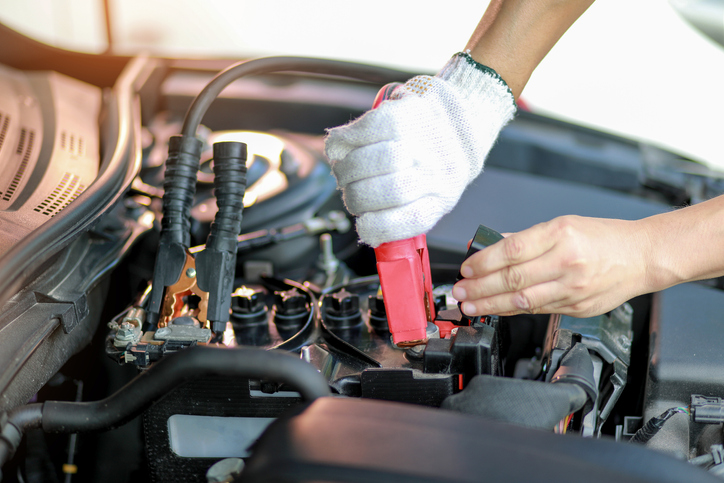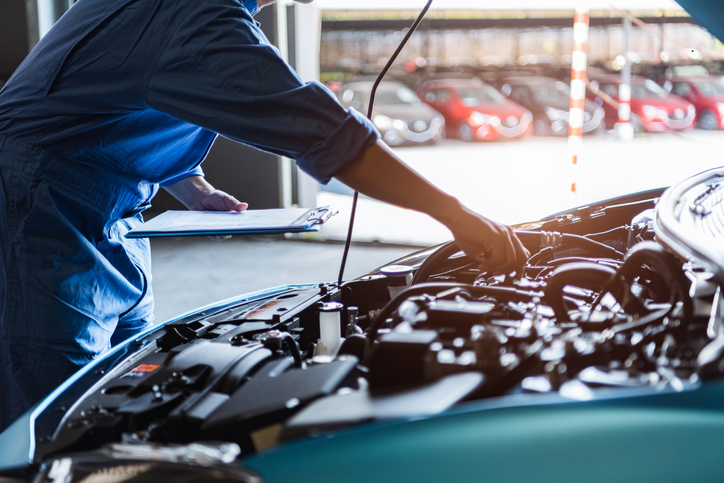
If a vehicle’s battery dies every once in a while, it’s usually not a cause for concern. Car batteries can die as a result of human error or fluke incidents, and a simple jump start will usually do the trick in getting a vehicle up and running again. However, if a vehicle’s battery is consistently drained, it’s usually a sign of an underlying problem. Car batteries are essential for the proper function of a vehicle, as they’re responsible for getting a vehicle to start as well as supplying power to other systems such as the air conditioning, radio and more.
If you’re considering a career as an auto body technician, knowing the common causes of a persistently drained car battery will help you to diagnose this problem in the vehicles you service. Read on to discover four common reasons for a drained car battery.
1. Those in Automotive Careers Should Look Out for Parasitic Drain
If a vehicle’s battery keeps dying again and again for no obvious reason, it’s likely that a parasitic drain is at play. A parasitic drain is when one or more components of a vehicle continue to run after the ignition has been turned off. While a certain level of parasitic drain is standard from such things as a vehicle’s radio presetting, or the car’s security alarm and clock constantly using energy, an electrical problem can create more parasitic drain than normal. If a fuse is defective or a wire isn’t connected properly, certain components may take too much energy from the battery, preventing it from having enough power to start the engine. When you become an auto mechanic, check for parasitic drainage by disconnecting the battery cables and checking their flow with a multimeter until a drain is detected.

2. Extreme Weather Can Drain a Battery
While it may seem surprising, very hot or very cold temperatures can place excessive wear on a vehicle’s battery, causing it to drain between trips. Hot or cold temperatures can lead to the buildup of sulfate crystals on the battery, which can cause damage to the battery’s life if left untreated. This problem is especially common in older or weak batteries, as extreme temperatures can intensify underlying issues. If you suspect this problem in a vehicle during your career, it’s important to remove any sulfate crystals and clean the battery before taking further action. Additionally, you can advise drivers to avoid traveling only short distances. Driving longer distances will give the battery the time it needs to charge, preventing excessive drainage and failure.
3. Drainage Can be Caused by Faulty Battery Connections
If a vehicle’s battery is draining excessively, the problem may come down to its connections or cables. If a battery’s connections are loose or corroded, this can hamper the ability of the starter motor to obtain an electrical current from the device, in addition to preventing the battery from receiving enough charge from the charging system. For professionals in automotive careers, it’s important to check a drained battery for corrosion or loose connections. The connectors, battery terminals and cables may all show signs of corrosion or dirt, and should be cleaned properly in order to restore the battery to its former condition. Additionally, battery cable connections can be tightened to enable a smooth transmission of power between the starter and the battery.

4. A Malfunctioning Charging System Can Prevent a Battery from Charging
While it can be difficult to pinpoint the cause of a battery that drains in between drives, when a vehicle’s battery dies while driving, the charging system is usually the culprit. If a problem with the alternator is suspected, check the alternator belt to determine whether it is loose, worn out, or cracking. Wear and tear can prevent the alternator from generating enough power to supply the right amount of charge to the battery. In this case, replacing the alternator belt will restore the alternator’s ability to send power to the device, preventing it from draining prematurely.
Considering enrolling in auto mechanic courses?
Launch your career with a program at ATC Surrey today!

